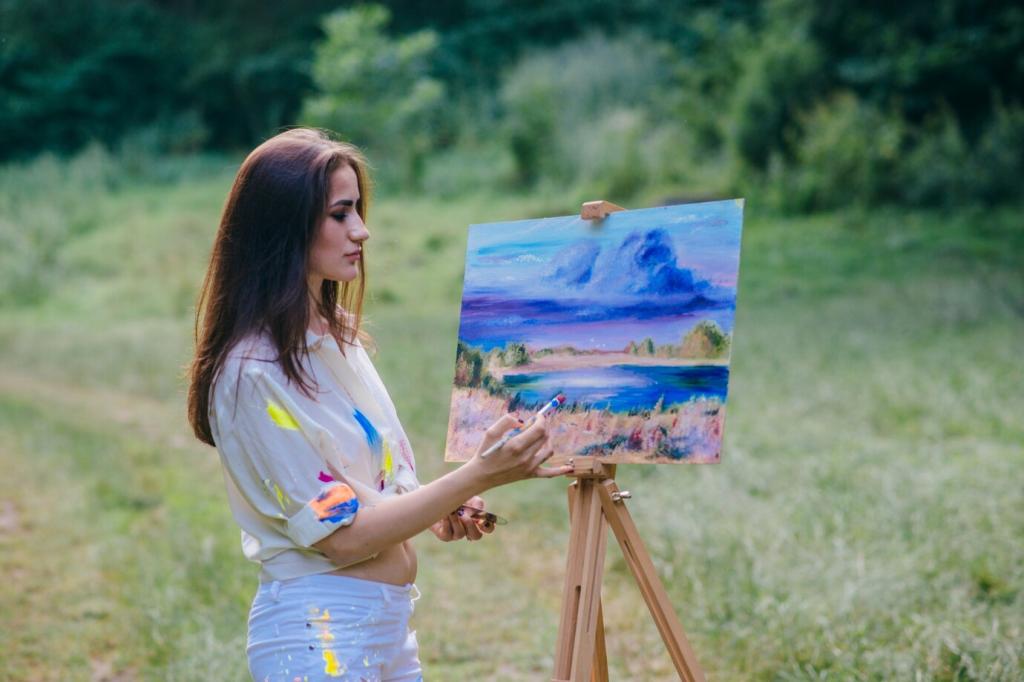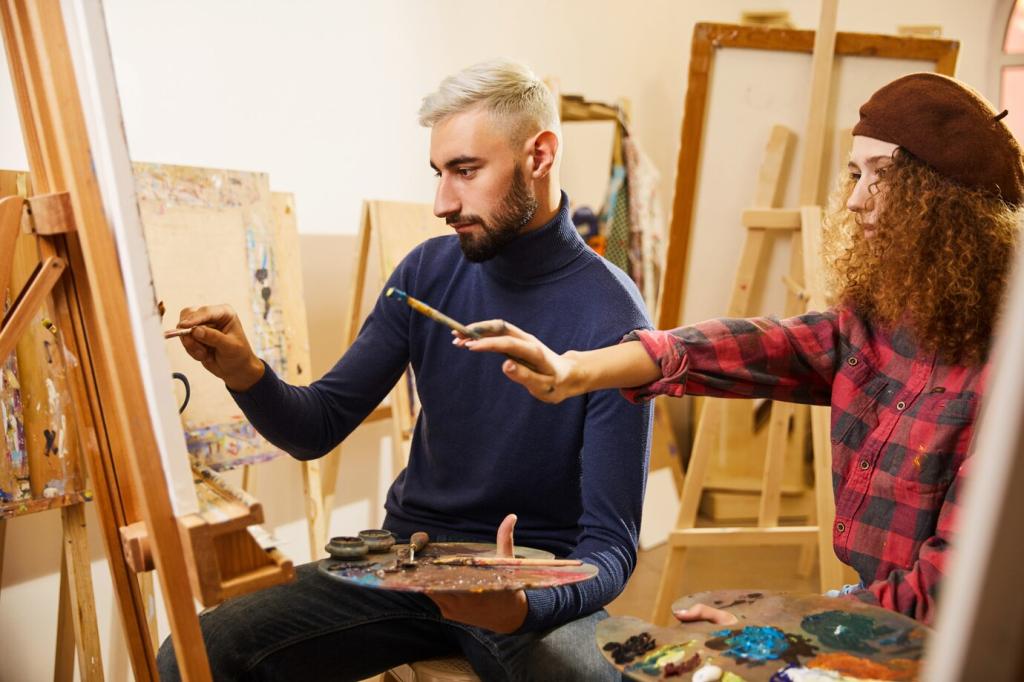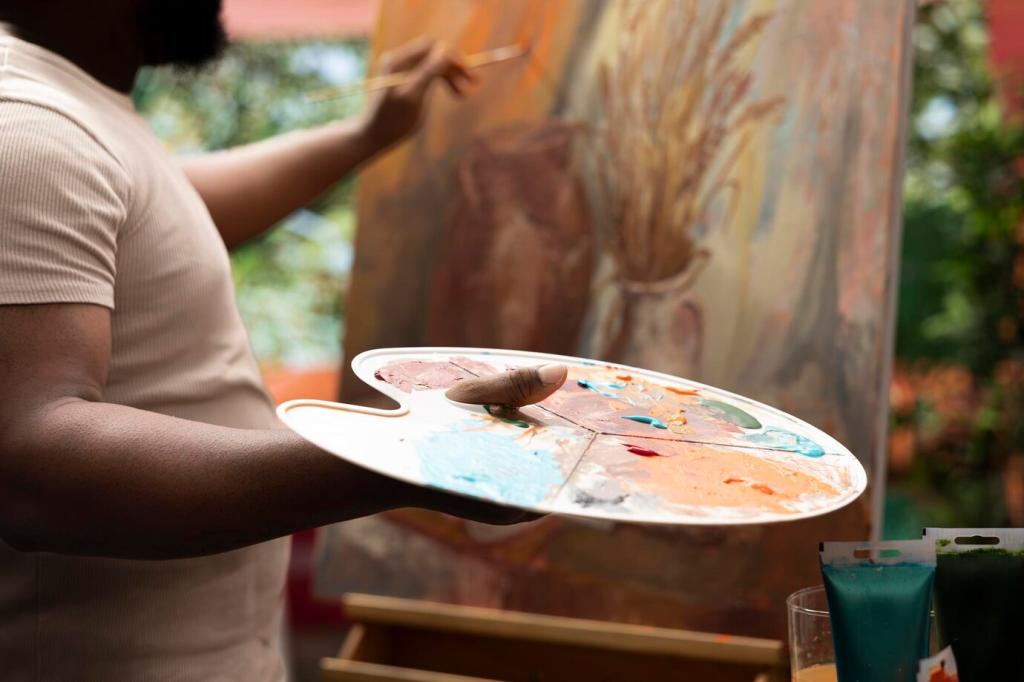Masterpieces of the Renaissance Era: Step Into a Living Gallery
Chosen theme: Masterpieces of the Renaissance Era. Wander through visionary works that shaped modern imagination—from cathedral domes and marble heroes to paintings whose glances still follow us across centuries. Subscribe to journey deeper, and tell us which masterpiece first stole your breath.
Icons That Changed the World
Leonardo’s Puzzles: Mona Lisa and The Last Supper
Leonardo chased atmosphere as much as likeness, layering sfumato so the Mona Lisa’s smile seems forever slipping away. In The Last Supper, he orchestrated a shockwave of gestures at the instant of revelation. Painted on a dry wall, the experiment began to flake, but the drama endures. Share which detail grabs your eye first.
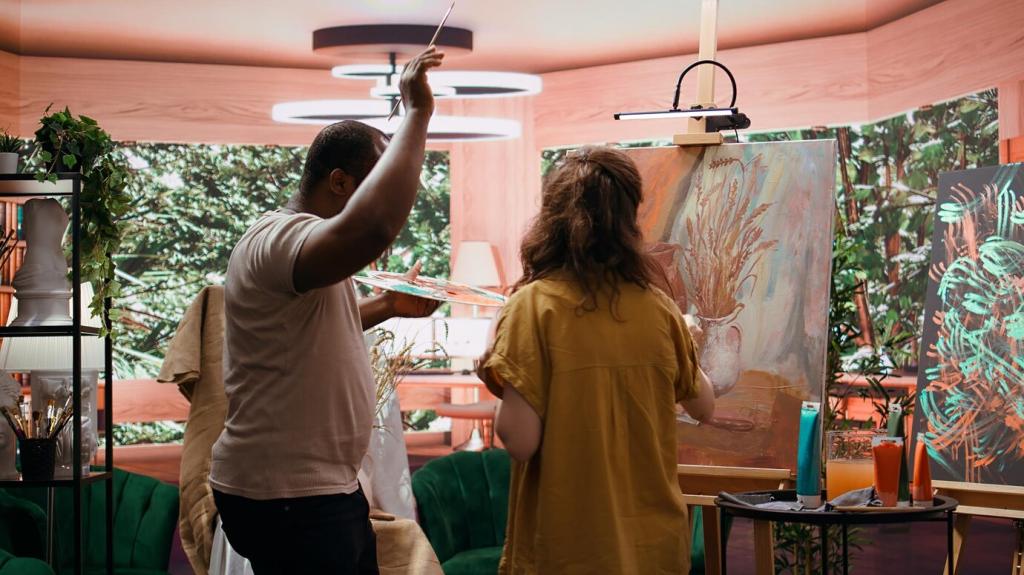
The Language of Light, Body, and Space
Soft edges cradle anxiety and wonder, turning portraits into interior landscapes. Chiaroscuro unspools narrative from darkness, making candles protagonists and shadows moral arenas. Notice how a cheek dissolves into air or a hand emerges like a confession. Try a “slow look”: one minute on edges alone, then share what you discovered.
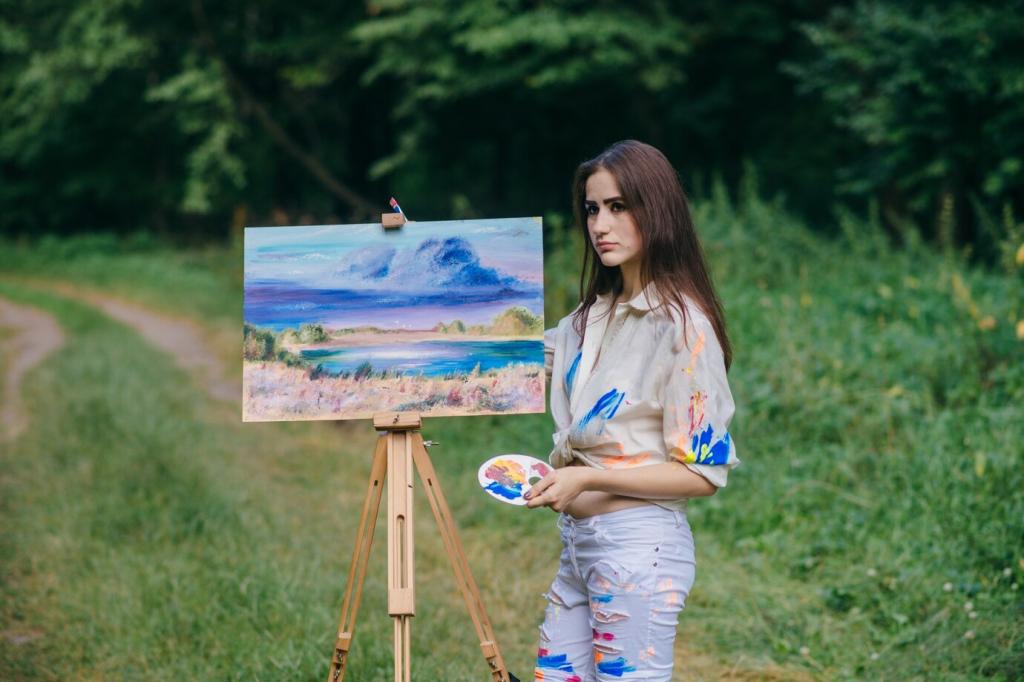
Power Behind the Paint: Patrons and Politics
The Medici bankrolled chapels, courtyards, and pageants, turning Florence into a competitive gallery of civic virtue. Commissions sparked friendly feuds, pushing artists to outdo one another in wit and craft. Imagine the unveiling of a new altarpiece in candlelight—whispers, pride, and strategy. Whose patronage story fascinates you most? Share below.
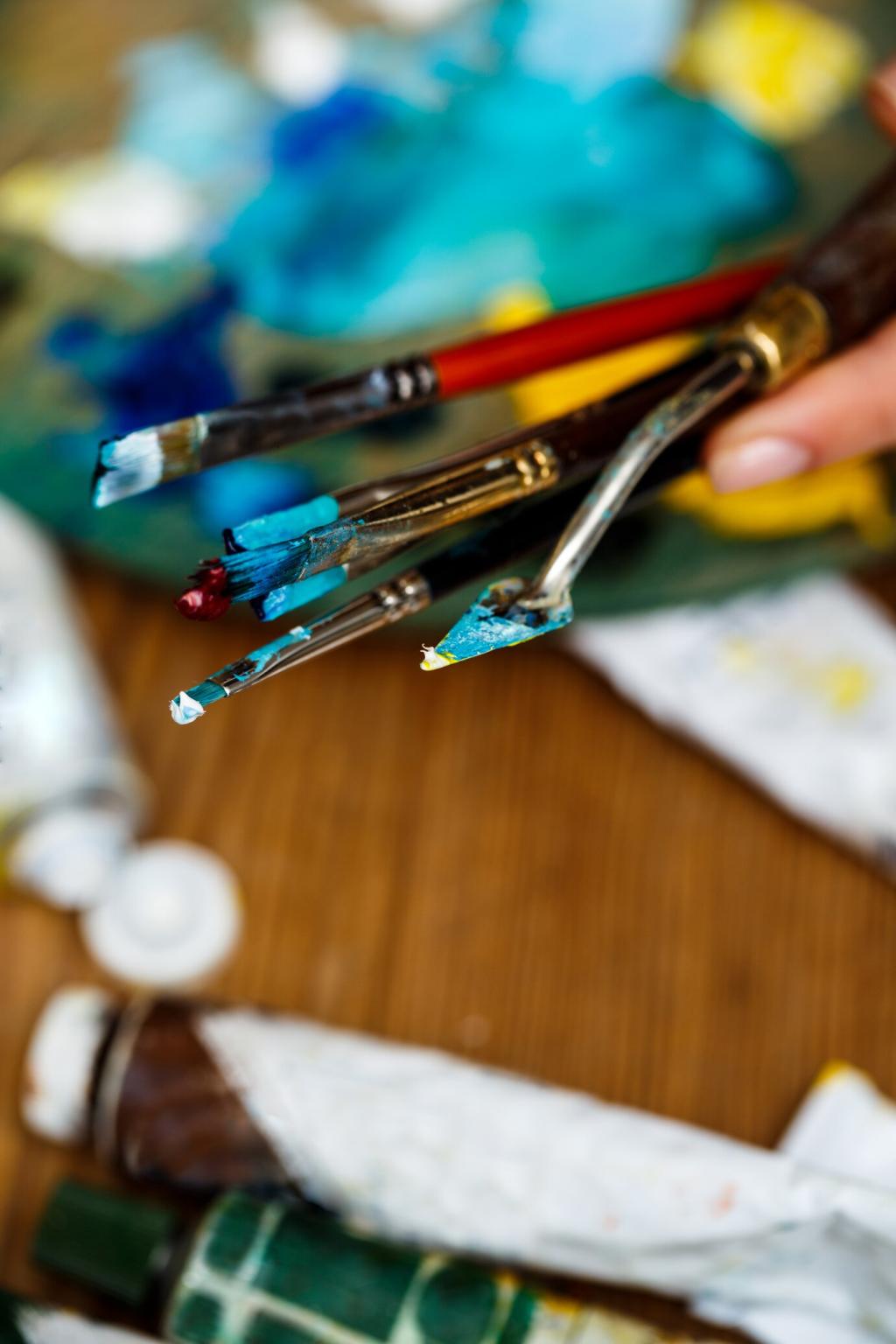
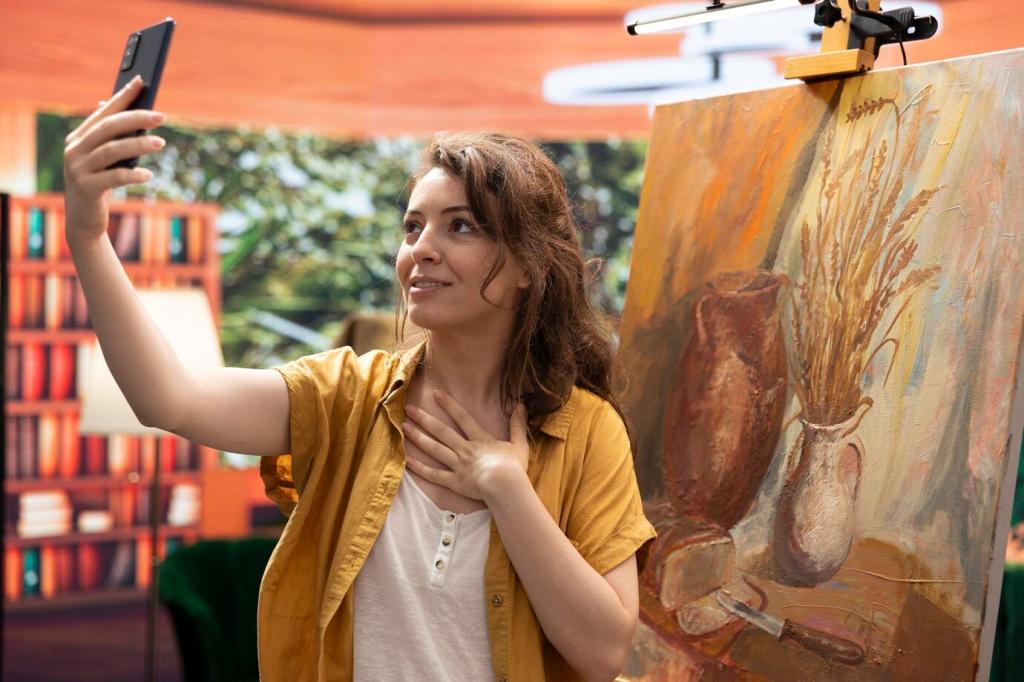
Power Behind the Paint: Patrons and Politics
Julius II demanded grandeur that could wrestle with time itself. The Vatican became a workshop where genius met deadlines, egos, and scaffolds. Raphael’s rooms converse with theology and politics; Michelangelo’s prophets thunder across the ceiling. If you had one day in Rome, which masterpiece would you race to first? Tell us why.
Symbols, Secrets, and Storycraft
Botticelli’s Mythologies: Poetry on Panel
In The Birth of Venus and Primavera, flowers speak, breezes court, and gestures whisper about desire and destiny. Neoplatonic readings mingle with courtly allegory, inviting interpretations as delicate as petals. The more you notice, the more it sings. Which symbol surprised you most on your last look? Join the conversation.

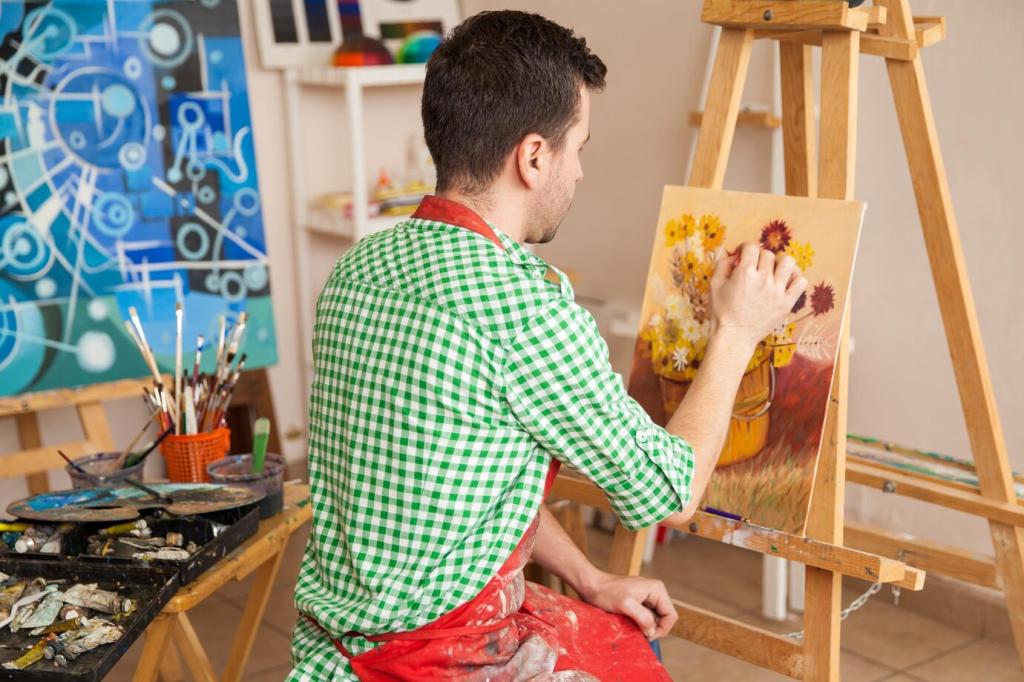
Northern Precision: Mirrors, Letters, and Reflections
Van Eyck’s glossed surfaces and meticulous inscriptions turn rooms into moral mirrors. A convex reflection can include witnesses, a candle can bind vows, a carpet can measure status. Every thread matters. Next time, count how many narratives hide in a single corner—and share your tally with our community.
Workshops, Materials, and Brilliant Experiments
From Egg to Oil: The Great Shift
Tempera’s quick-drying discipline yielded to the forgiving glow of oil, inviting translucent layers and late-night revisions. Pigments traveled from mines, markets, and seas; binders carried secrets between masters and apprentices. Have you tried glazing in your own art practice? Tell us what changed when you slowed the drying clock.
Fresco’s Race Against Time
Buon fresco binds color into wet plaster; miss the window and the wall refuses your touch. Artists mapped cartoons with pricked lines, then painted in giornate—day-sized patches of urgency. Notice seams where days meet. Which fresco reveals the bravest repair or clever disguise? Share your spotter’s guide in the comments.
From Quarry to Studio: Carving the Impossible
Carrara marble arrives as potential and peril. A hidden fissure can ruin months of labor; a perfect plane can catch heaven’s light. Sculptors modeled in wax and clay, then measured decisively, coaxing breath from stone. If you could watch one step up close, which would it be—and why? Subscribe and tell us.
Venetian Color and Weathered Light
Titian and Giorgione traded line for atmosphere, letting color carry structure and mood. Skies fog into silk; flesh glows like embers. Even armor seems to breathe. Which Venetian canvas best feels like weather on skin? Tell us your pick and why its color still lingers after you look away.
The Northern Eye: Detail as Drama
Rogier van der Weyden wrings emotion from tilt and tear; Dürer carves theology into hair and fur with a burin’s bite. Northern panels reward patience—letters, tools, windows, and saints choreograph domestic miracles. What’s the finest small detail you’ve ever noticed? Share, and help another reader spot it too.
Courts and Crossroads: France and Spain
From Clouet’s cool poise to El Greco’s ecstatic elongations, courts demanded portraits and visions that balanced power with spirit. Ideas crossed borders with artists, treaties, and tapestries. Which courtly masterpiece challenges your expectations of Renaissance style? Drop a note and join our next thematic deep dive.
